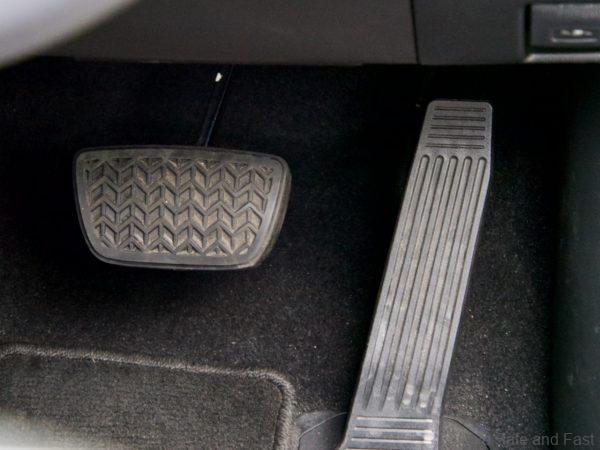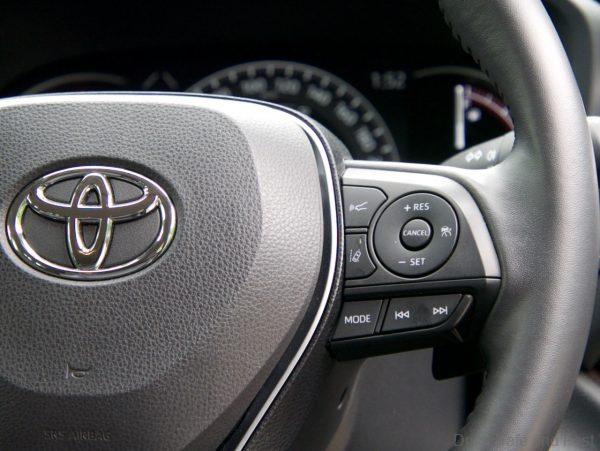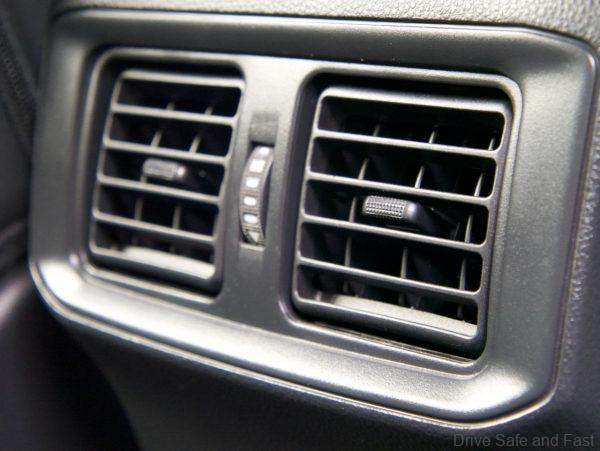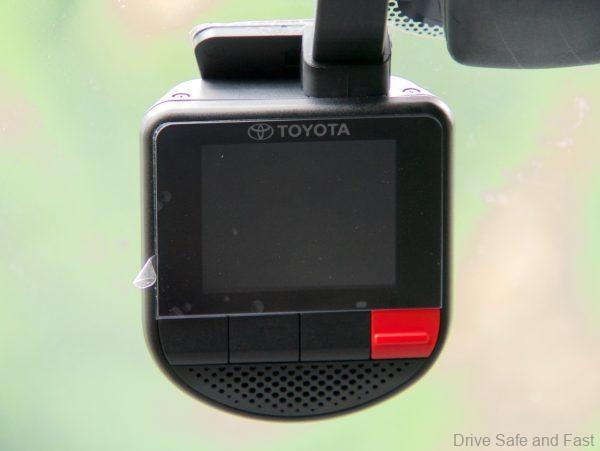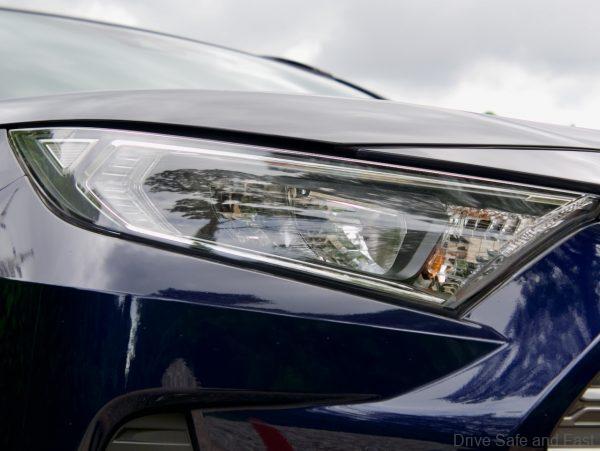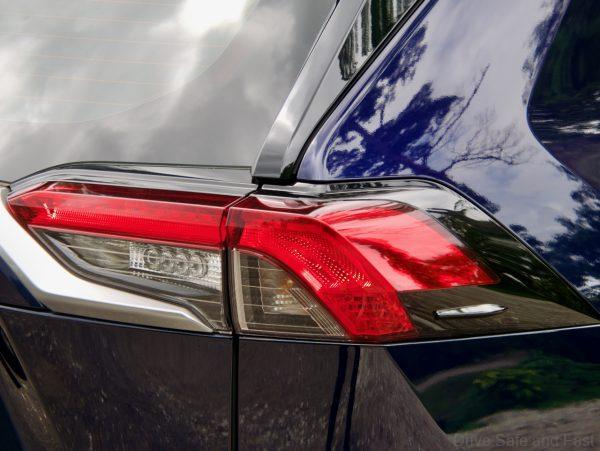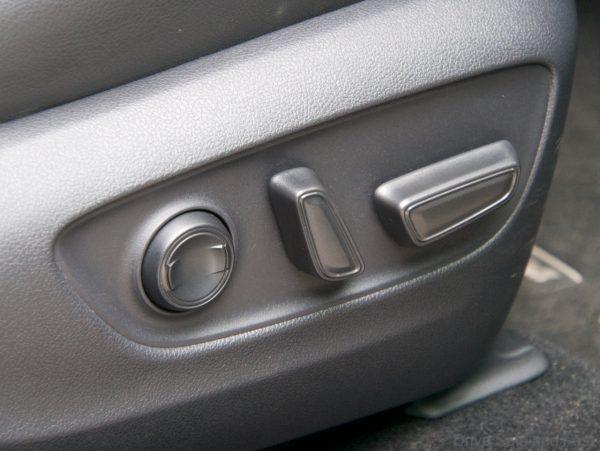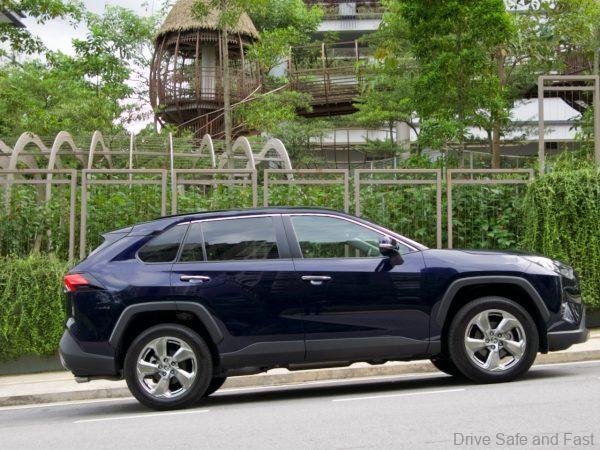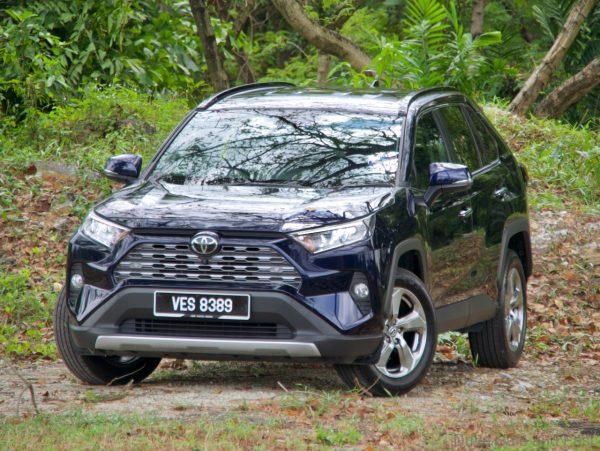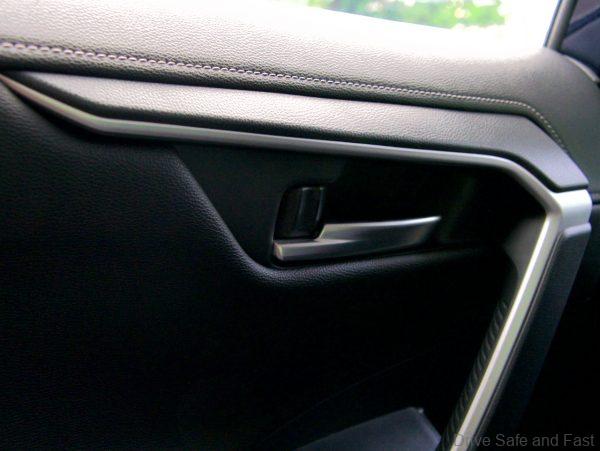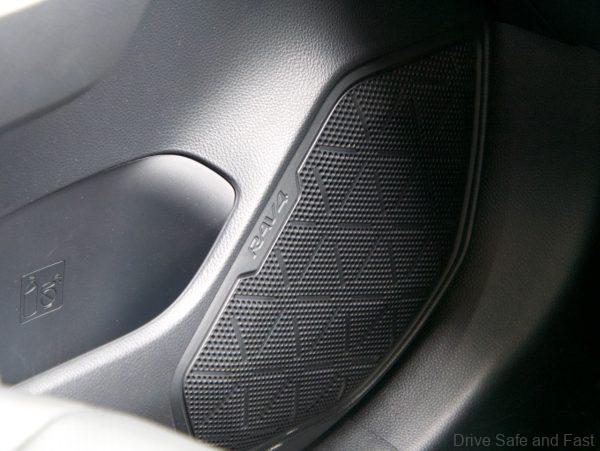The Toyota RAV4 is better equipped than most of its competitors, but why isn’t it the #1 SUV in Malaysia?
The SUV boom is a phenomenon every single carmaker in Malaysia is taking advantage of, except Toyota. They missed the pricing mark on the Harrier, then the C-HR and now they’ve missed it once more with the RAV4. We test drove the RAV4 briefly when it was first launched in Malaysia but we wanted more time with the car to examine its redeeming qualities since a car is more than its value proposition. After all, this was the best selling SUV in the USA, arguably the birthplace of the SUV and the RAV4 itself was the first-ever soft-roader of its kind, paving the way for the Honda CR-V, Nissan X-Trail, Mazda CX-5 and many more.
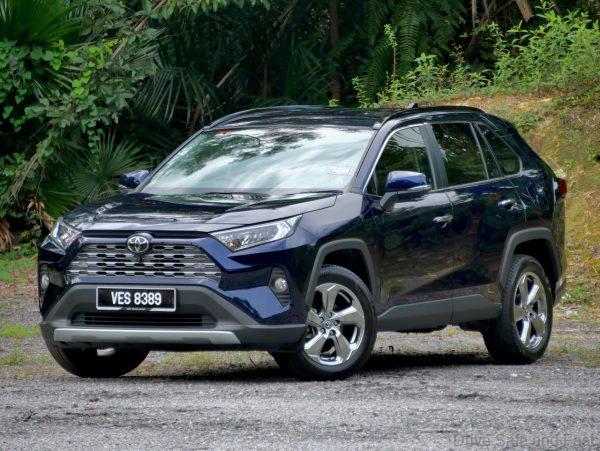
About the RAV4 in Malaysia
In contrast to its competitors in the C-segment, UMW Toyota decided not to conduct local-assembly operations for the Toyota RAV4 in Malaysia. They brought in 2 variants from Japan, both identically-specced, but with different powertrain options. From an equipment standpoint, the RAV4 is practically filled to the brim with just about the best Toyota has to offer. The base model features a 2-litre M20A-FKS 4-cylinder petrol engine mated to a CVT. The model we tested came with the more powerful 2.5-litre A25A-FKS 4-cylinder petrol paired to an 8-speed torque converter automatic. Both engines are from the new Dynamic Force engine family and both setups are front-wheel drive only.
How Does The RAV4 Drive?
Under the hood, what you get in the RAV4 2.5L is practically the same as what’s found in the new Lexus ES 250. While it’s not exactly the same, it’s close enough for many of the same driving characteristics to be felt. Unlike most of the SUVs it goes up against (save the CX-5), the Toyota RAV4 sports a floor-mounted accelerator pedal. Some prefer this style of pedal for allowing for a greater degree of control (the further up the pedal you put your weight, the less resistance you encounter to depressing it). The RAV4 is an extremely capable SUV.
The engine produces 204hp and 243Nm of torque and sends that to the front wheels. It really is no slouch, and more than keeps up with its rivals despite not bothering with turbocharging.

Just like the Toyota Camry, we feel the RAV4 has certain performance characteristics that may delight enthusiasts. The power and torque come in predictably at low to mid RPMs, and if you give it a long enough stretch of highway, it can get pretty fast and engaging. The Toyota New Global Architecture (TNGA) chassis and its double-wishbone rear suspension really shine here. It’s perhaps the RAV4’s biggest asset in this class, providing unrivalled comfort in the segment while also keeping the SUV handling much better than one might expect given its weight and class.
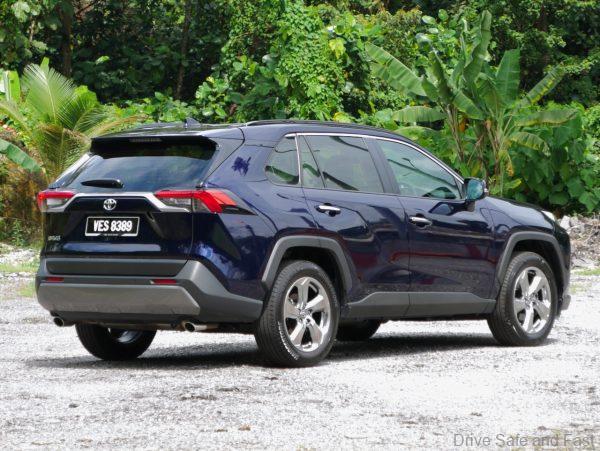
The best way to characterise the RAV4 is that it’s a great all-rounder with a bias towards being a relaxed everyday cruiser. Before the X70 came along, this segment was almost equally split between the Mazda CX-5 and Honda CR-V. Those who wanted dynamics, looks and style went for the CX-5, while comfort, size and practicality-focused buyers tended towards the CR-V. Had Toyota entered this market segment earlier with local-assembly and a competitive price, the RAV4 could have become the best compromise between those two extremes.
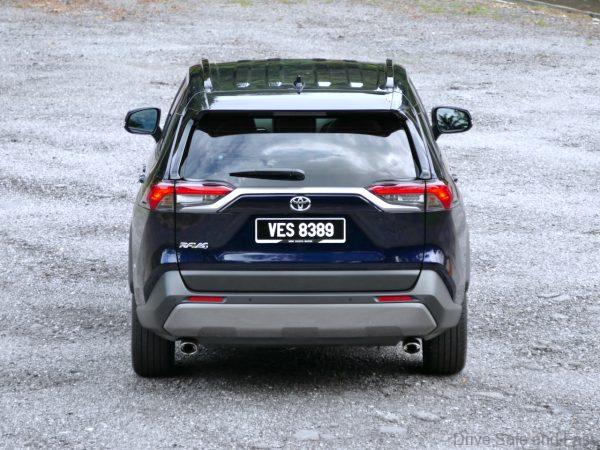
Filled To The Brim With Equipment
Typical of what Toyota are currently doing now, the infotainment unit is mounted high up on the dashboard in a faux-freestanding look. It feels as if Toyota’s interior designs understand that the trend is to do this, but the company itself still refuses to go all in on a truly modern head unit. This is only a bad thing on first impression.
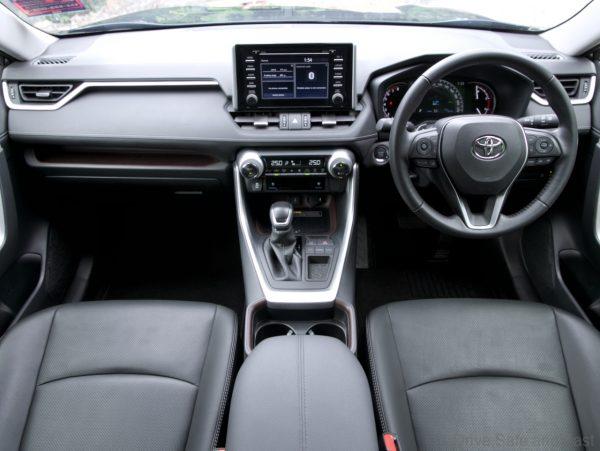
You might feel like other brands are doing a better job at modernising their cabins, but if you take a closer look, you’ll notice some brands are rolling back on these trends. Honda, for one, has returned physical buttons to their infotainment unit with the facelifted Civic and has removed capacitive volume buttons on the steering wheel too.
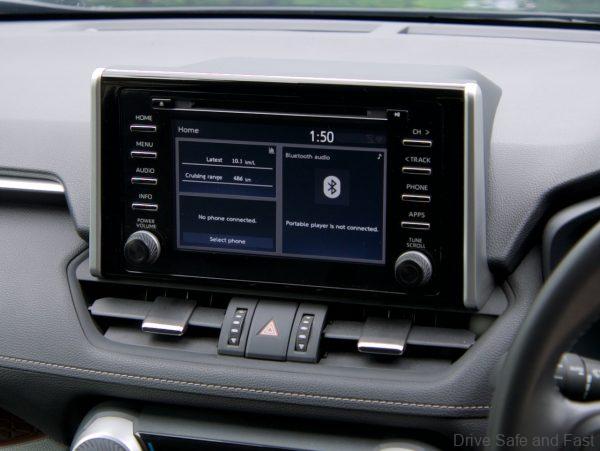
Take a second look at the RAV4 infotainment set up and you’ll notice that all these practical elements are still there. Making changes step by step is a better decision for customers, even if it doesn’t immediately have a “wow” factor. It does have loads of functionality, with Android Auto and Apple Carplay compatibility, as well as a panoramic view monitor. Below the centre stack, the RAV4 has a Wireless Qi Charger too.
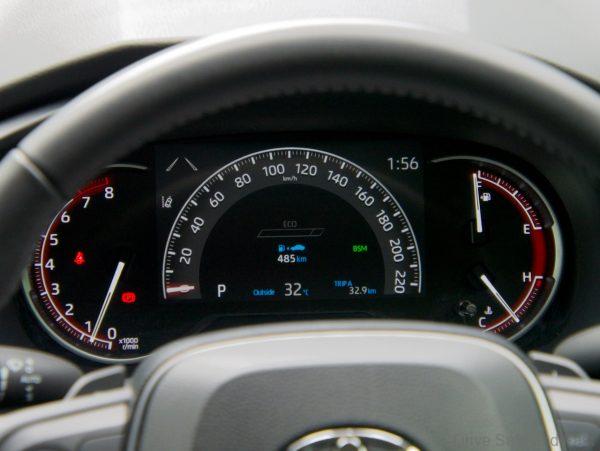
The graphics and user interface on the RAV4 are clean and practical. We like the way the menus are laid out on this CBU Japan car. The instrument cluster is a semi-digital affair with a fairly large, rectangular digital speedo being flanked by analogue gauges for the tacho, engine oil temperature and fuel levels.
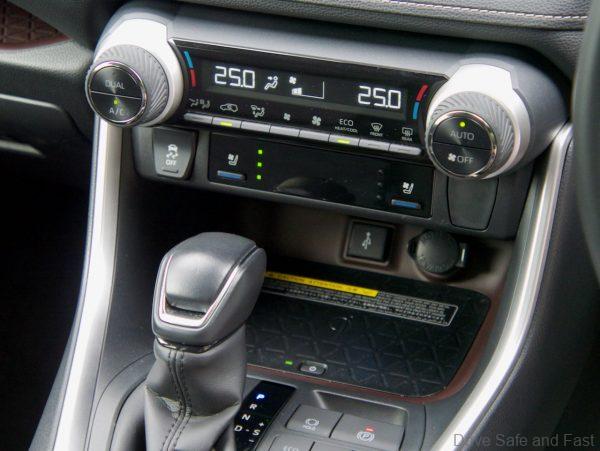
There are 2 2.1A USB-A ports for rear passengers which will provide decently quick charging for portable devices. Rear passengers also get rear air cond blowers. It’s fairly large in the rear, quite possibly the best SUV in the segment for passengers in the rear. At this price, one might consider the Mazda CX-8 with its 6 seats instead. However, based on personal experience, a 2+2+2 seating configuration can produce some odd results. Say you’re transporting a family of 5 with two children requiring ISOFIX seats and a lot of luggage. In this specific case, a RAV4 would be more suited. Just trust me, I’ve tried.
Plus, if you really needed to move things around in the RAV4, the seats fold down and open up a huge volume of potential cargo space. It’s extremely practical.
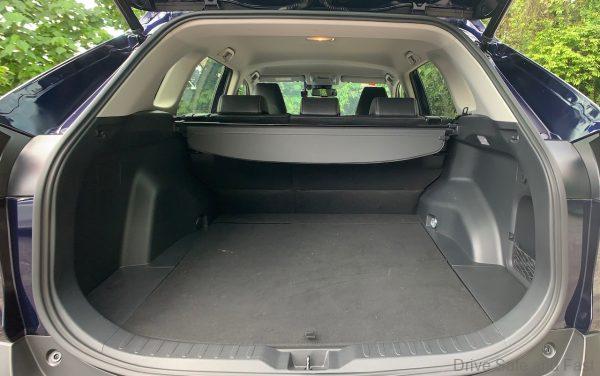
Toyota Safety Sense is also standard on the RAV4. This gives you the following:
- Pre-Collision System (PCS)
- Lane Departure Alert (LDA) with Steering Assist
- Lane Tracing Assist (LTA)
- Dynamic Radar Cruise Control (DRCC) for All Speeds
- Automatic High Beam (AHB)
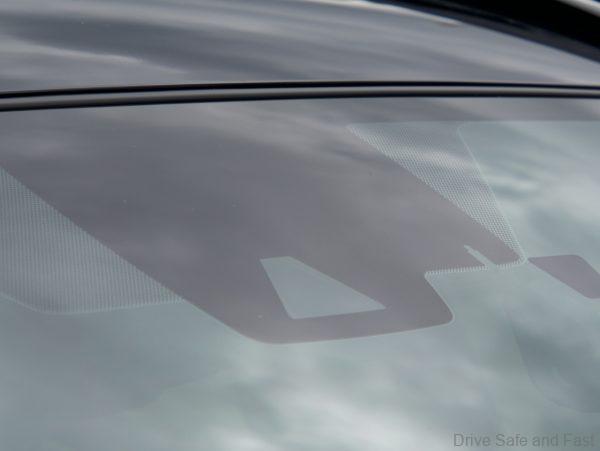
It also comes with Rear Cross Traffic Alert and Blind Spot Monitoring.
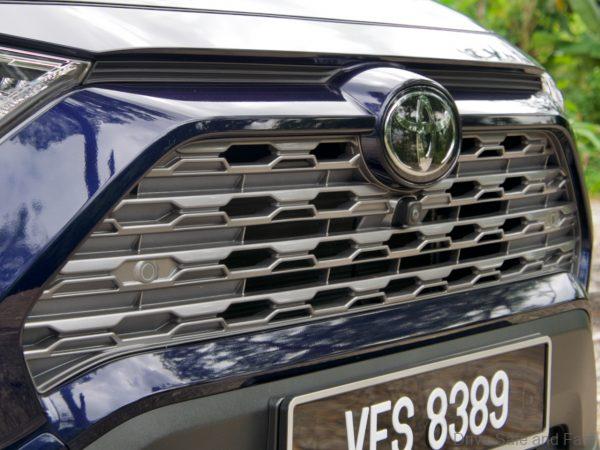
It’s pretty much as good as it gets in the segment in terms of Advanced Driver Assist Systems, matching and in some cases beating the best in the segment in this regard.
Design Commentary
Looks are subjective, but I think Toyota did a great job with the RAV4’s looks. It has a huge road presence and really looks like the largest thing in its segment without coming across as disproportionate. While it is a softroader, the RAV4’s design language has a “tough as nails” aesthetic with its angular fenders and extensive plastic cladding. Other subtle cues like the large gap between the wheels and the fenders make it look slightly raised up, like an actual off-roader.
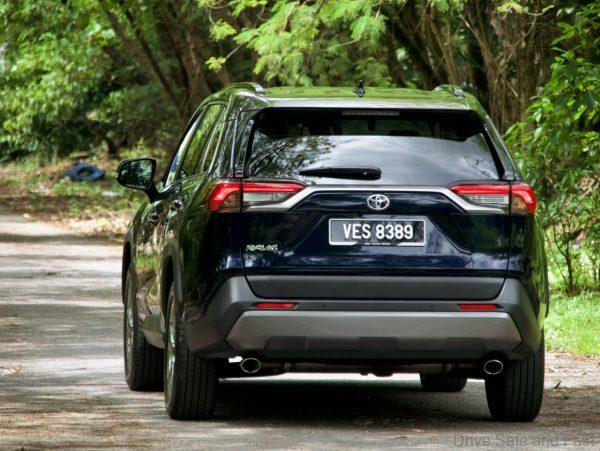
This rugged aesthetic is carried into the interior, with rubberised textures on the door grips, knobs and storage surfaces. It’s not overdone either, an overall refined mass-market look and feel is still achieved when looking at the RAV4 as a whole, both inside and out. This Dark Blue Mica produces a particularly handsome looking SUV.

Should You Buy a RAV4 in Malaysia?
Overall, the Toyota RAV4 is an excellent, excellent product. There’s only one big issue – it came in way too late and way too expensive. Toyota’s rivals were both lucky and more decisive in the segment. They were lucky because their full model change came a little earlier and this allowed more time to set up local assembly. They were more decisive in that they debuted loads of new tech and equipment into the segment early on. Honda Sensing and a VTEC Turbo were game changing at launch, while the Mazda CX-5’s styling was definitely something ahead of anything else in the segment at launch. The RAV4 is fully imported from Japan and the result is it costs way more than its competitors.
There are still solid reasons to consider the RAV4, as it’s really an excellent product without considering the value proposition. Perhaps the Proton brand hasn’t earned your confidence or isn’t quite as prestigious as you’d like. Perhaps the appeal of a Japanese-built SUV is strong enough for you to justify the higher price. But as a direct competitor in the segment, it’s not going to be the first choice for many Malaysian carbuyers. For the wealthy who are looking to ‘blend in’, this would be a great choice though.
2020 Toyota RAV4 2.5 Specifications
Engine: Inline-4, 16-Valve, DOHC, Petrol
Capacity: 2487cc
Gearbox: 8-speed Conventional Automatic
Max power: 204hp @ 6600rpm
Max torque: 243Nm @ 5000rpm
Price: RM215,664 (with SST discount)


